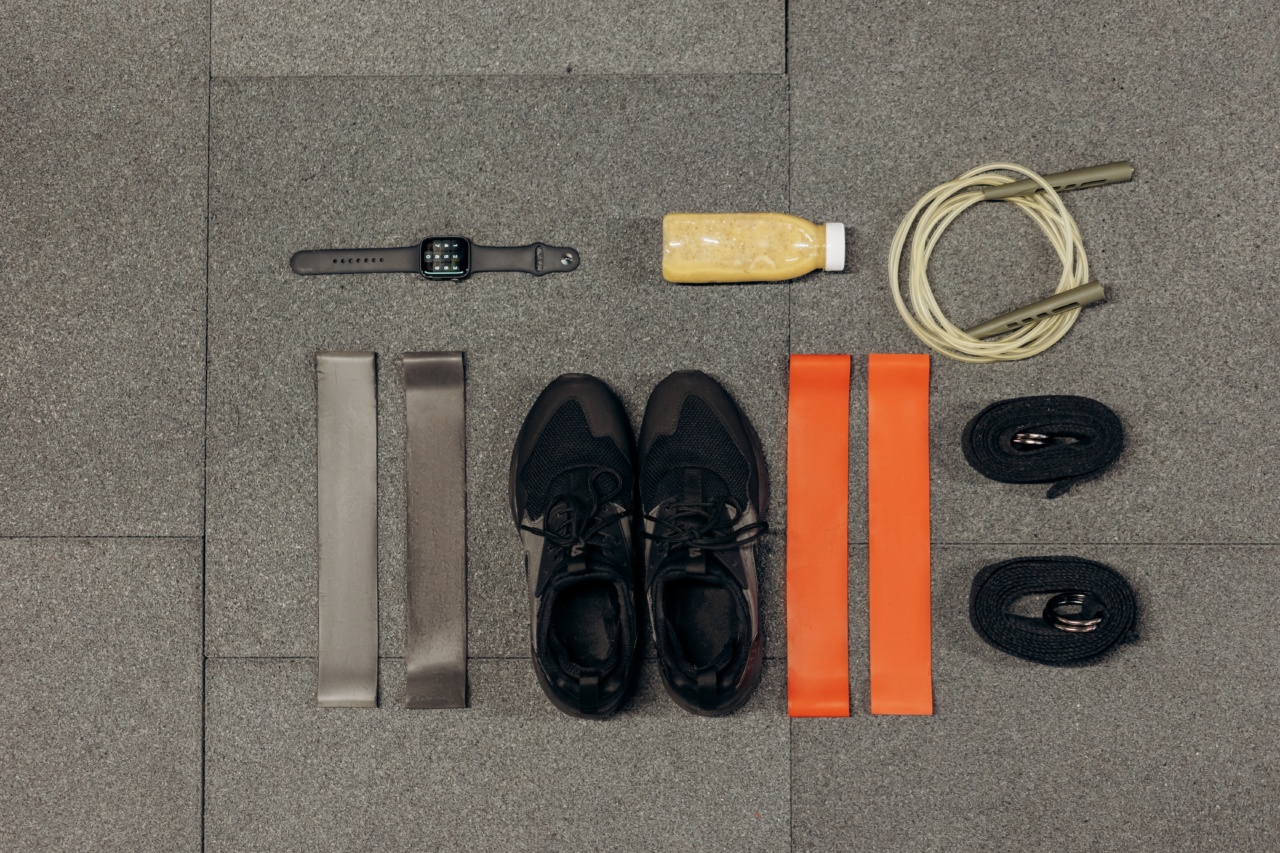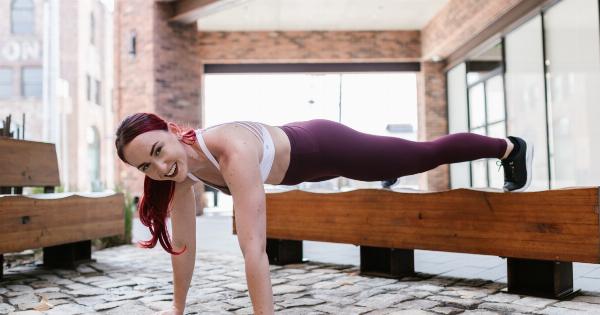Depression is a common mental health disorder that causes severe feelings of sadness, hopelessness, and loss of interest or pleasure in activities.
While medication and therapy are effective means of treating depression, exercise is also a powerful tool in the fight against this condition.
In this article, we’ll outline a 90-day workout plan to combat depression. This plan involves a combination of cardio, strength training, and yoga, and is designed to improve mood, increase energy levels, and promote overall well-being.
Week 1-4: Cardiovascular Exercise
Cardiovascular exercise, or cardio, is any activity that gets your heart rate up and increases circulation. It has been shown to release endorphins, which are natural mood elevators.
In the first four weeks of this workout plan, we’ll focus on building cardio endurance through the following exercises:.
1. Walking
Walking is an easy and low-impact form of cardio that can be done anywhere. Aim to walk for at least 30 minutes a day, five days a week. If you find it challenging to find time to walk, try breaking it up into three 10-minute sessions throughout the day.
2. Cycling
Cycling is a great way to get your heart rate up while targeting your lower body. If you have access to a stationary bike, try cycling for 30 minutes a day, five days a week.
If you prefer outdoor cycling, aim for at least an hour-long bike ride twice a week.
3. Swimming
Swimming is a full-body workout that is easy on the joints. If you have access to a pool, aim to swim laps for 30 minutes a day, five days a week.
If you’re not a strong swimmer, consider taking swim lessons to improve your technique and make swimming a more enjoyable activity.
Week 4-8: Strength Training
Strength training is essential for building muscle, increasing bone density, and improving overall health. It has also been shown to have a positive effect on mood and alleviate symptoms of depression.
In the next four weeks, we’ll focus on building strength through the following exercises:.
1. Squats
Squats are a compound exercise that targets multiple muscle groups, including the quads, hamstrings, and glutes. Start with bodyweight squats and gradually increase the weight as you get stronger. Aim for three sets of 10 reps, three days a week.
2. Lunges
Lunges are another compound exercise that targets the lower body. They can be done with or without weights and can be modified to suit your fitness level. Aim for three sets of 10 reps, three days a week.
3. Push-ups
Push-ups are a classic exercise that targets the chest, triceps, and shoulders. If you’re new to push-ups, start with modified push-ups on your knees. As you get stronger, work up to full push-ups. Aim for three sets of 10 reps, three days a week.
Yoga: Week 8-12
Yoga is a mind-body practice that combines physical postures, breathing techniques, and meditation. It has been shown to reduce stress, anxiety, and symptoms of depression.
In the final four weeks of this workout plan, we’ll focus on incorporating yoga into our routine through the following poses:.
1. Downward-facing dog
Downward-facing dog is a staple yoga pose that stretches the hamstrings, calves, and spine. It also helps calm the mind and reduce stress. Hold this pose for 30 seconds, three to five times per session.
2. Warrior II
Warrior II is a standing pose that strengthens the legs and stretches the hips and chest. It also helps improve focus and concentration. Hold this pose for 30 seconds, three to five times per session.
3. Child’s pose
Child’s pose is a relaxing pose that stretches the hips, thighs, and ankles. It also helps calm the mind and reduce stress. Hold this pose for one to three minutes, three to five times per session.
Tips for Success
While exercise is a powerful tool in the fight against depression, it’s important to approach it with a few key tips in mind:.
1. Start Slowly
If you’re new to exercise or haven’t worked out in a while, start slowly and gradually increase the intensity and duration of your workouts over time.
2. Find an Accountability Partner
Having someone to workout with or hold you accountable can increase your motivation and help you stay on track with your workouts.
3. Listen to Your Body
It’s important to listen to your body and avoid overexerting yourself. If you experience pain or discomfort during a workout, slow down or take a break.
4. Celebrate Small Wins
It’s important to celebrate the small wins along the way, such as completing a workout or improving your form. These victories can help keep you motivated and on track with your fitness goals.
Conclusion
Exercise is a powerful tool in the fight against depression. By incorporating cardio, strength training, and yoga into your routine, you can improve your mood, increase energy levels, and promote overall well-being.
Remember to approach exercise slowly, find an accountability partner, listen to your body, and celebrate the small wins along the way.






























